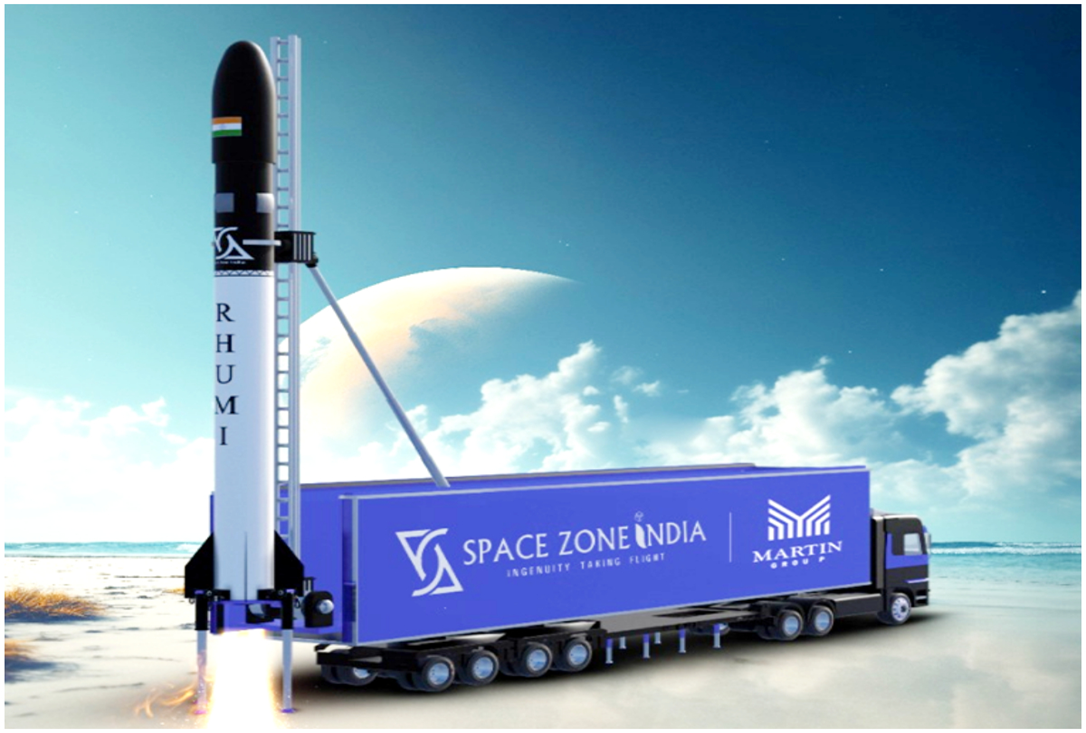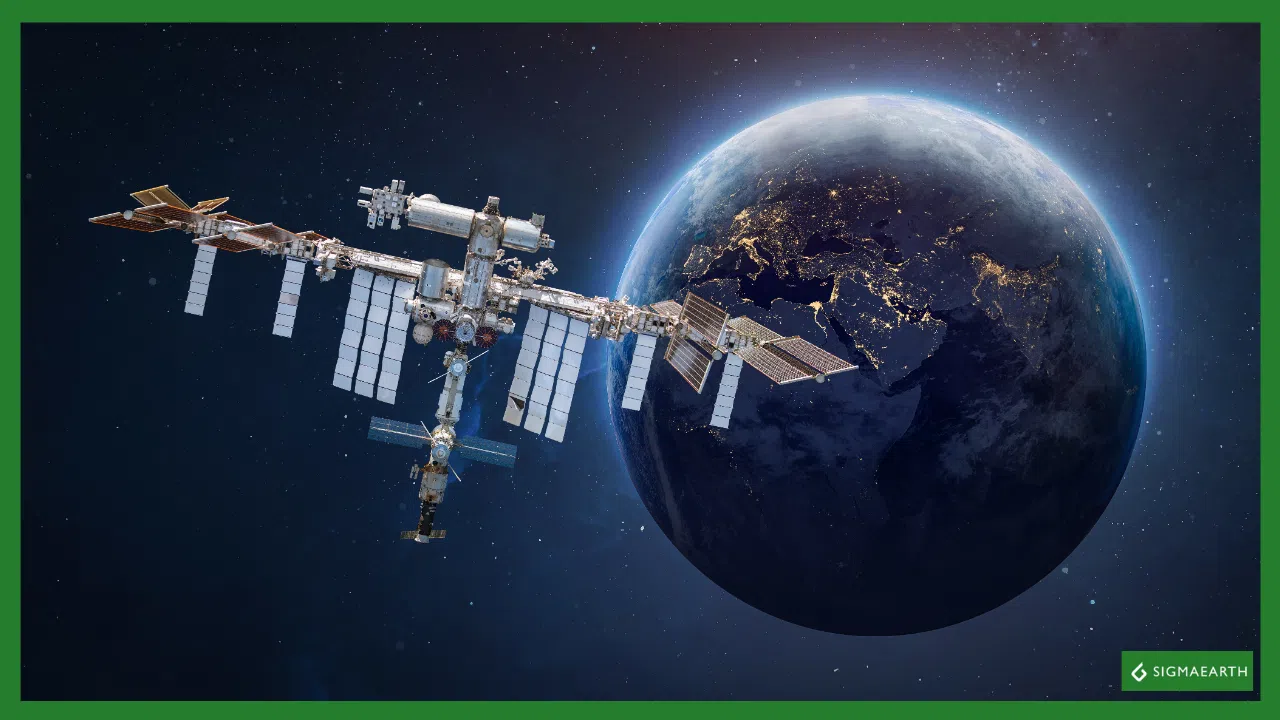- Courses
- GS Full Course 1 Year
- GS Full Course 2 Year
- GS Full Course 3 Year
- GS Full Course Till Selection
- Online Program
- GS Recorded Course
- NCERT (Recorded 500+ Hours)
- Polity Recorded Course
- Geography Recorded Course
- Economy Recorded Course
- AMAC Recorded Course
- Modern India, Post Independence & World History
- Environment Recoded Course
- Governance Recoded Course
- Science & Tech. Recoded Course
- International Relations and Internal Security Recorded Course
- Disaster Management Module Course
- Ethics Recoded Course
- Essay Recoded Course
- Current Affairs Recoded Course
- CSAT
- 5 LAYERED ARJUNA Mentorship
- Public Administration Optional
- ABOUT US
- OUR TOPPERS
- TEST SERIES
- FREE STUDY MATERIAL
- VIDEOS
- CONTACT US
India Launches Its First Reusable Hybrid Rocket 'RHUMI-1'
India Launches Its First Reusable Hybrid Rocket 'RHUMI-1'

India has launched its first reusable hybrid rocket, RHUMI-1, developed by the Tamil Nadu-based start-up Space Zone India in collaboration with the Martin Group. The launch took place on August 24, 2024, from Thiruvidandhai in Chennai. The rocket was designed to collect data on global warming and climate change, carrying 3 Cube Satellites and 50 PICO Satellites.
Key Features of RHUMI-1
- Hybrid Propulsion System:
- Integration: Combines solid and liquid propellants, offering enhanced efficiency and reduced operational costs.
- Advantages: The hybrid system aims to leverage the benefits of both fuel types for better performance and cost savings.
- Adjustable Launch Angle:
- Flexibility: The engine allows precise trajectory control with adjustable angles ranging from 0 to 120 degrees.
- Electrically Triggered Parachute System:
- Descent Mechanism: Features an advanced, eco-friendly parachute system for the safe recovery of rocket components.
- Benefits: Offers cost-effectiveness and environmental advantages, avoiding traditional pyrotechnics and TNT.
- Environmentally Friendly Design:
- Sustainability: Completely free of pyrotechnics and TNT, demonstrating a commitment to reducing environmental impact.
About Space Zone India
- Overview:
- Space Zone India (SZI) is an aero-technology company based in Chennai, specializing in low-cost, long-term space solutions.
- They provide practical training on aerodynamic principles, satellite technology, drone technology, and rocket technology.
- Educational Initiatives:
- Mission Dr. A.P.J Abdul Kalam Students Satellite Launch (2023): Engaged over 2,500 students from diverse schools across India in designing and constructing a student satellite launch vehicle. The vehicle could carry a payload of 150 Pico Satellites for research experiments.
What are Reusable Launch Vehicles (RLVs)?
RLVs are spacecraft designed for multiple launches and recoveries. They aim to be used again after each mission.
- Advantages:
- Cost Savings: Reusable rockets can be up to 65% cheaper compared to building new rockets for every launch.
- Reduction of Space Debris: By reusing rocket components, the amount of discarded debris is minimized.
- Increased Launch Frequency: Faster turnaround times allow for more frequent launches.
- Difference from Multi-Stage Rockets:
- Multi-Stage Rockets: Typically discard the first stage after its fuel is depleted, with subsequent stages continuing the journey to orbit.
- RLVs: Recover and reuse the first stage. After separation, the first stage returns to Earth using engines or parachutes for controlled landing, facilitating reuse.
Conclusion
The launch of RHUMI-1 marks a significant milestone in India's space exploration and technology development. By integrating a hybrid propulsion system and emphasizing environmental sustainability, RHUMI-1 represents a forward-thinking approach to space missions. The involvement of Space Zone India and educational outreach initiatives underscores the growing role of private players and student engagement in advancing space technology. As India continues to develop reusable launch vehicles, these innovations promise to enhance cost efficiency and sustainability in space exploration.




